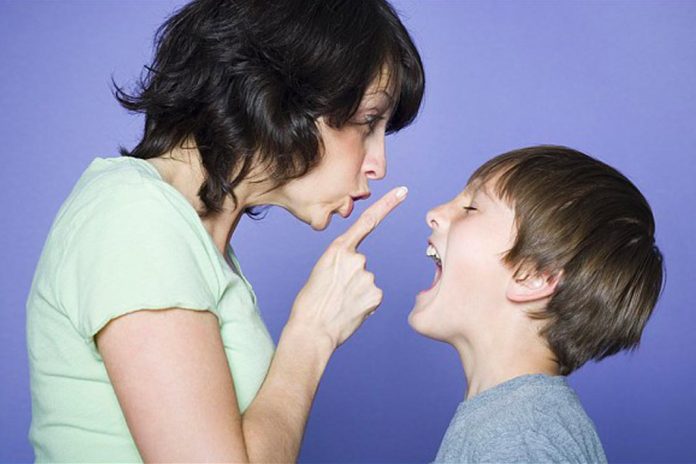Ouiam Charkani El Hassani on saying sorry and moving on.
Staying calm when our kids aren’t is a major challenge, even for the most Zen parents and even under the best circumstances.
Take a worldwide pandemic, throw in some homeschooling along with a dramatic decrease in downtime to recharge our batteries and suddenly, keeping our cool with the kids, goes from a major challenge to seemingly impossible.
We are going to lose our tempers sometimes, there’s simply no way around it.
The good news is that there are ways to minimise these moments—and there’s something we can do to reconnect with the child.
Taking full responsibility for our actions, giving a sincere, heartfelt apology and reconnecting after a relational rupture is absolutely essential in order to maintain a close connection with our child and to ensure they feel seen, safe, soothed and secure.
TAKE A BREATHER
Before you do anything, you must first make sure your nervous system has settled down.
Disengage, take some deep breaths, say a calming mantra, eat an ice cream, whatever helps you de-escalate.
Once both you and your child’s nervous systems are back to normal, move on to the next step.
OWN UP
Making a sincere, heartfelt apology in which you take full responsibility for your actions is the most crucial step to making a repair.
The biggest mistake we make when apologising is using the words but or if:
“I’m so sorry I yelled, BUT you weren’t listening and I asked three times to stop hitting your brother.”
“I’m sorry I got upset. IF you had just listened and stopped behaving like a maniac, I wouldn’t have lost my temper.”
Nope! A true apology does not include the words but or if. It does not concern itself with who is to blame, it does not expect forgiveness. A true apology has five components:
Taking full responsibility for your role in the conflict.
Giving a truthful explanation for your behaviour.
Putting yourself in the other person’s shoes.
Communicating empathy for his experience.
Expressing genuine remorse for your actions.
It sounds something like this: “I’m so sorry I got angry; you didn’t deserve that. Sometimes it’s hard for Mama to stay calm and I need to work on that. I can imagine that it’s scary when Mama yells. I love you very much and I’m so sorry I hurt your feelings.”
BE CURIOUS
After you’ve apologised, ask your child how they feel. What was their experience like? Did they feel scared when you yelled? Sad? Angry? Get curious about what was going on that caused them to do whatever it was that triggered you.
HUG IT OUT
Physical touch is the best way to reconnect with our child – a warm embrace can often cancel out the negative feelings that arose during the tense interaction. Why? Because tender physical contact releases a hormone called oxytocin which promotes trust and safety.
When we snuggle, cuddle, hold, hug, pat and kiss our kids, they’re reassured of our love and are reminded that we’re always there for them, no matter what.
LET IT GO
Once you’ve gone through these steps and have re-established the connection with your child, it’s time to let it go. There’s no use in beating yourself up or ruminating about it.
Modelling self-compassion and self-forgiveness sends a powerful message to our kids. It shows them that we accept our humanness, that we’re not perfect and that’s okay. We’re all works in progress. The goal is to own our mistakes and then learn from them.
When we learn and practise the art of an apology we create a silver lining for our parenting fails. We take our worst parenting moments and we transform them into opportunities to model personal accountability, empathy and self-compassion – three of the most important things we can teach our children.
Now, more than ever, is a crucial time to put the art of the apology into practice with our kids. They need reassurance that everything is going to be okay just as much as we do.
Chanelmama


































